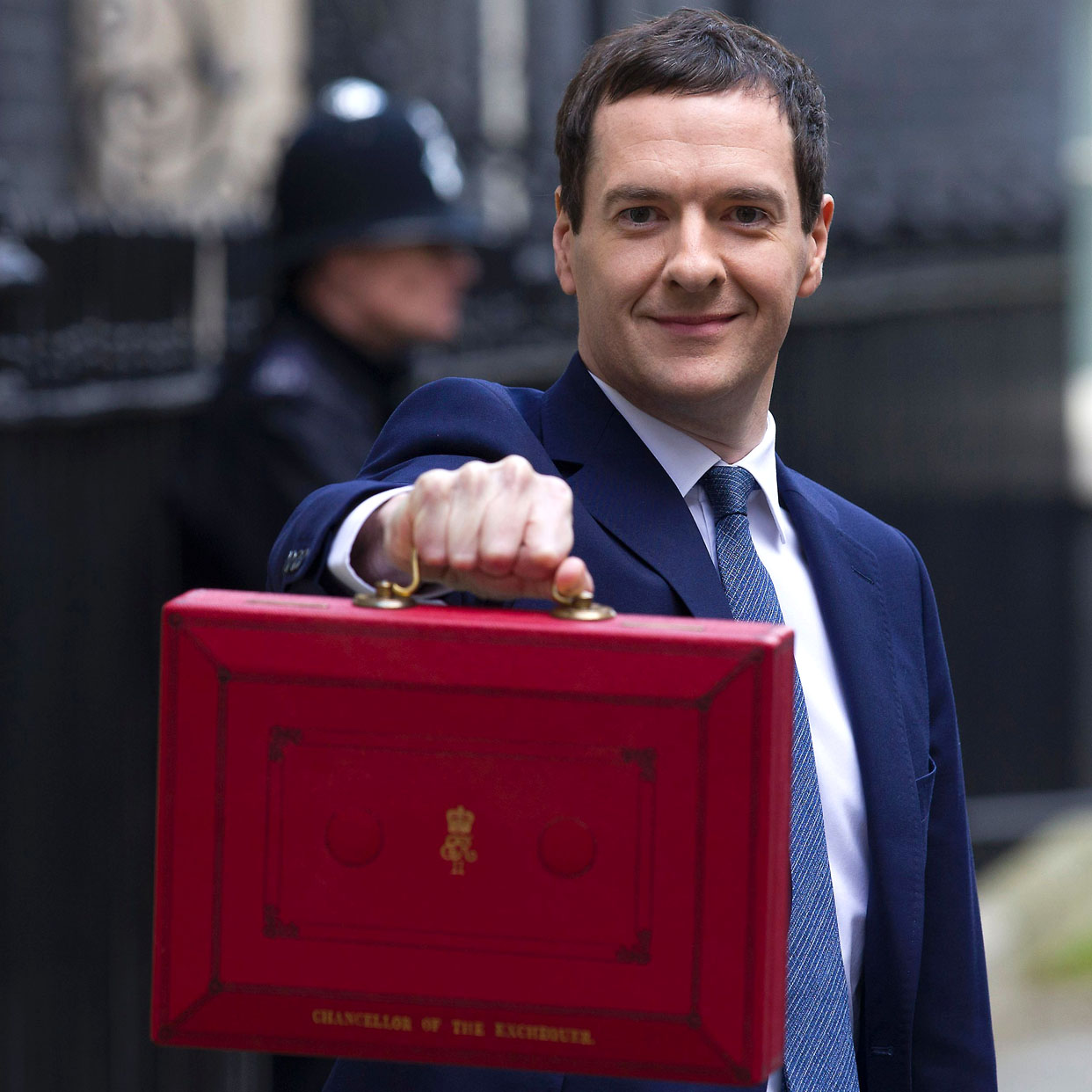Getting to know the ISA family
Another new addition at the Budget expands the range of tax-free saving options

The ISA family is expanding and there are now seven different tax-efficient ways for you to save using Individual Savings Accounts. Here’s what you need to know about them.
Cash Isa
The oldest member of the ISA family, this is a straightforward savings account that allows you to save up to £15,240 a year. That money can then grow tax-free for as long as it remains in the account.
The Week
Escape your echo chamber. Get the facts behind the news, plus analysis from multiple perspectives.

Sign up for The Week's Free Newsletters
From our morning news briefing to a weekly Good News Newsletter, get the best of The Week delivered directly to your inbox.
From our morning news briefing to a weekly Good News Newsletter, get the best of The Week delivered directly to your inbox.
You can only invest in one cash Isa account in an given tax year.
Stocks and Shares Isa
Want to invest in the stock market? Do so via a stocks and shares Isa and your money can grow free from income tax, capital gains tax, and most dividend tax. You can still invest up to £15,240 a year - or whatever is left once you've made your cash allocation.
Anyone wanting to hold stocks, shares or funds should do so via an Isa in order to maximise your returns by not handing anything over to the taxman.
A free daily email with the biggest news stories of the day – and the best features from TheWeek.com
Junior Isa
Children can’t have their own normal Isas but they can have Junior Isas. These allow you to either hold cash or investments and the balance can’t be touched until the child turns 18. You can invest up to £4,080 a year.
As with normal Isas any money or investments held within a Junior ISA is free from income and capital gains tax. Once the account hits maturity it converts into a standard Isa.
Help to Buy Isa
If you are saving up for your first home you can use this Isa and get a helping hand from the government. You can save up to £200 a month (plus up to £1,000 opening deposit) and your cash will grow tax-free. Then when you are ready to buy your first home the government will give you a 25 per cent bonus, capped at a maximum £3,000.
Anyone saving for their first home should use a Help-to-Buy Isa and benefit from that government bonus. Just be aware that as this classifies as a cash account, you cannot typically pay into another cash Isa in the same year so you're limited your non-investment allocation to £3,400.
Split ISA
There is one way to invest into a Help-to-Buy Isa and a cash Isa at the same time: use a split Isa. These allow you to hold both within one tax-free wrapper so you can fund both in the same tax year. You can also hold investment accounts in the same policy.
They are only offered by a few lenders at the moment, including Nationwide and Aldermore.
Innovative Finance Isa
A new Isa, launching this April. It will allow you to invest your £15,240 Isa allowance - or, again, what is left once the cash and stocks and shares allocations are made - in peer-to-peer lenders. These offer much better returns than cash savings accounts, but there is more risk as borrowers could default and you could lose your cash.
A good choice for someone wanting to take on a bit more risk in return for higher returns, but not wanting to invest in the stock market.
Lifetime ISA
The newest addition to the Isa family is designed for retirement or property savings. It will be launched on 6 April 2017 and is available to anyone aged 18 to 39. You can save up to £4,000 a year and you’ll get a 25 per cent top-up from the government.
You can only withdraw the cash if you want to buy a house worth up to £450,000, or to fund retirement once you reach the age of 60. Take out any cash before then for anything other than a house purchase and you’ll face a five per cent charge and lose the government top-up.
When this account is introduced the Isa allowance will rise to £20,000.
-
 Farage’s £9m windfall: will it smooth his path to power?
Farage’s £9m windfall: will it smooth his path to power?In Depth The record donation has come amidst rumours of collaboration with the Conservatives and allegations of racism in Farage's school days
-
 The issue dividing Israel: ultra-Orthodox draft dodgers
The issue dividing Israel: ultra-Orthodox draft dodgersIn the Spotlight A new bill has solidified the community’s ‘draft evasion’ stance, with this issue becoming the country’s ‘greatest internal security threat’
-
 Sudoku hard: December 13, 2025
Sudoku hard: December 13, 2025The daily hard sudoku puzzle from The Week